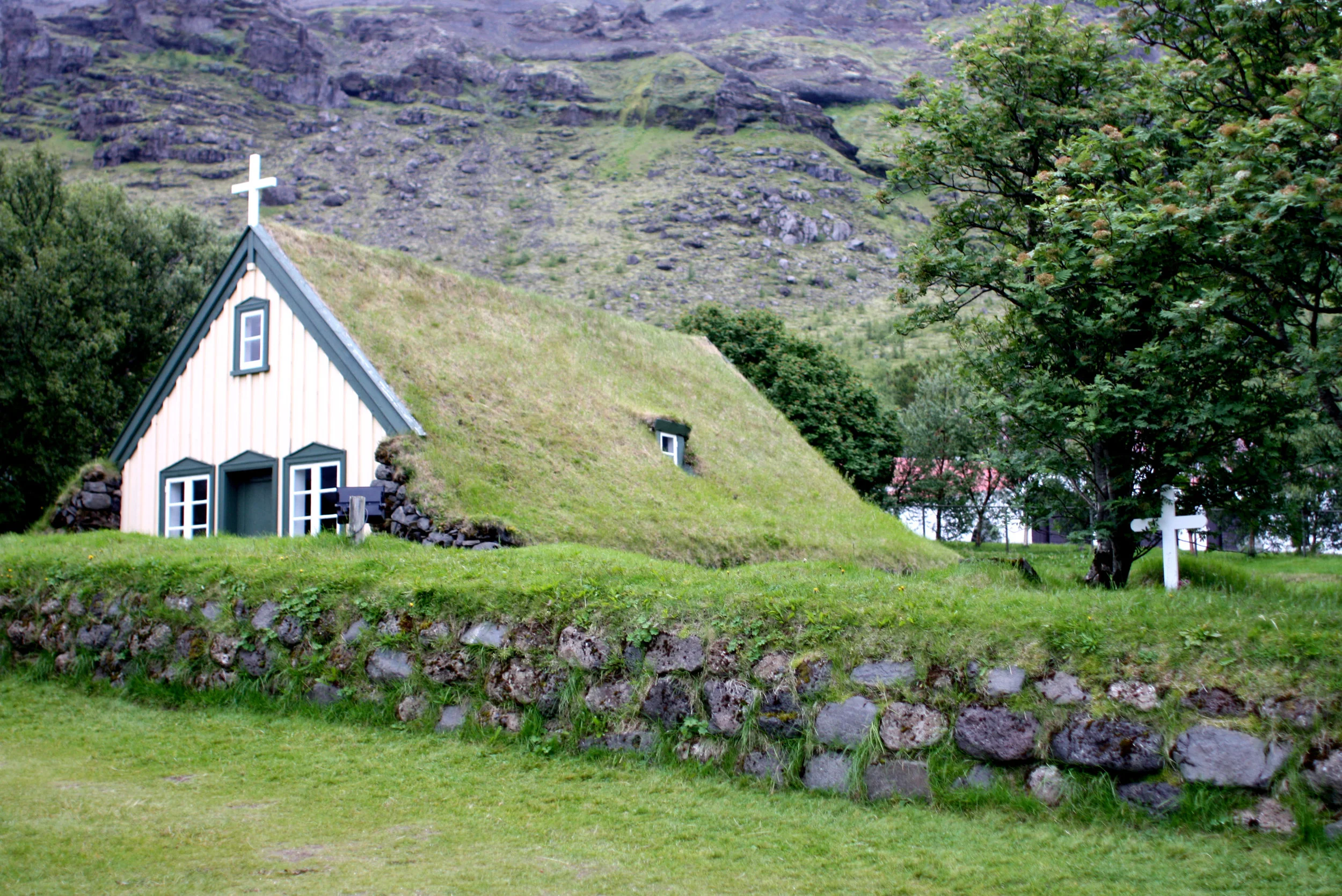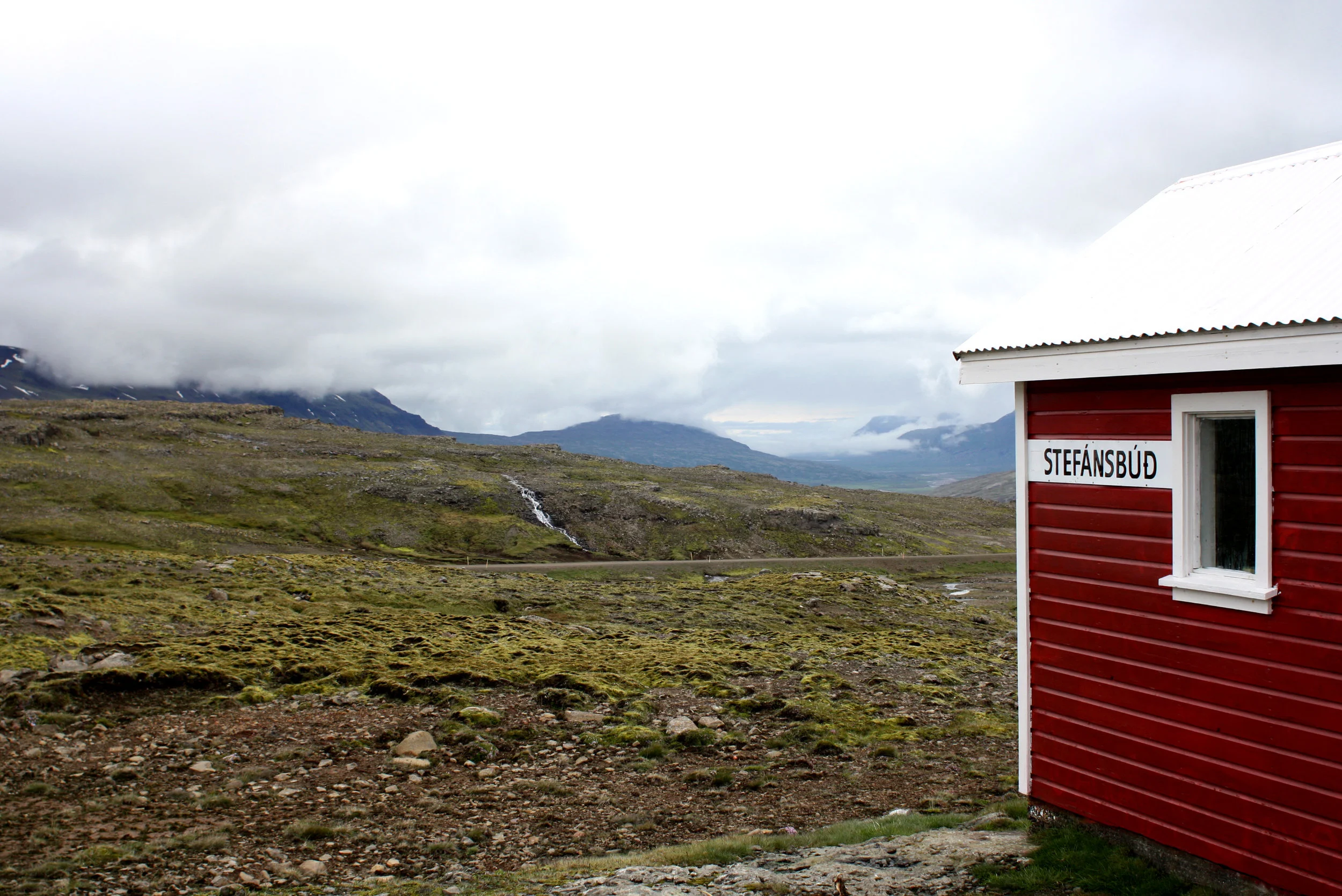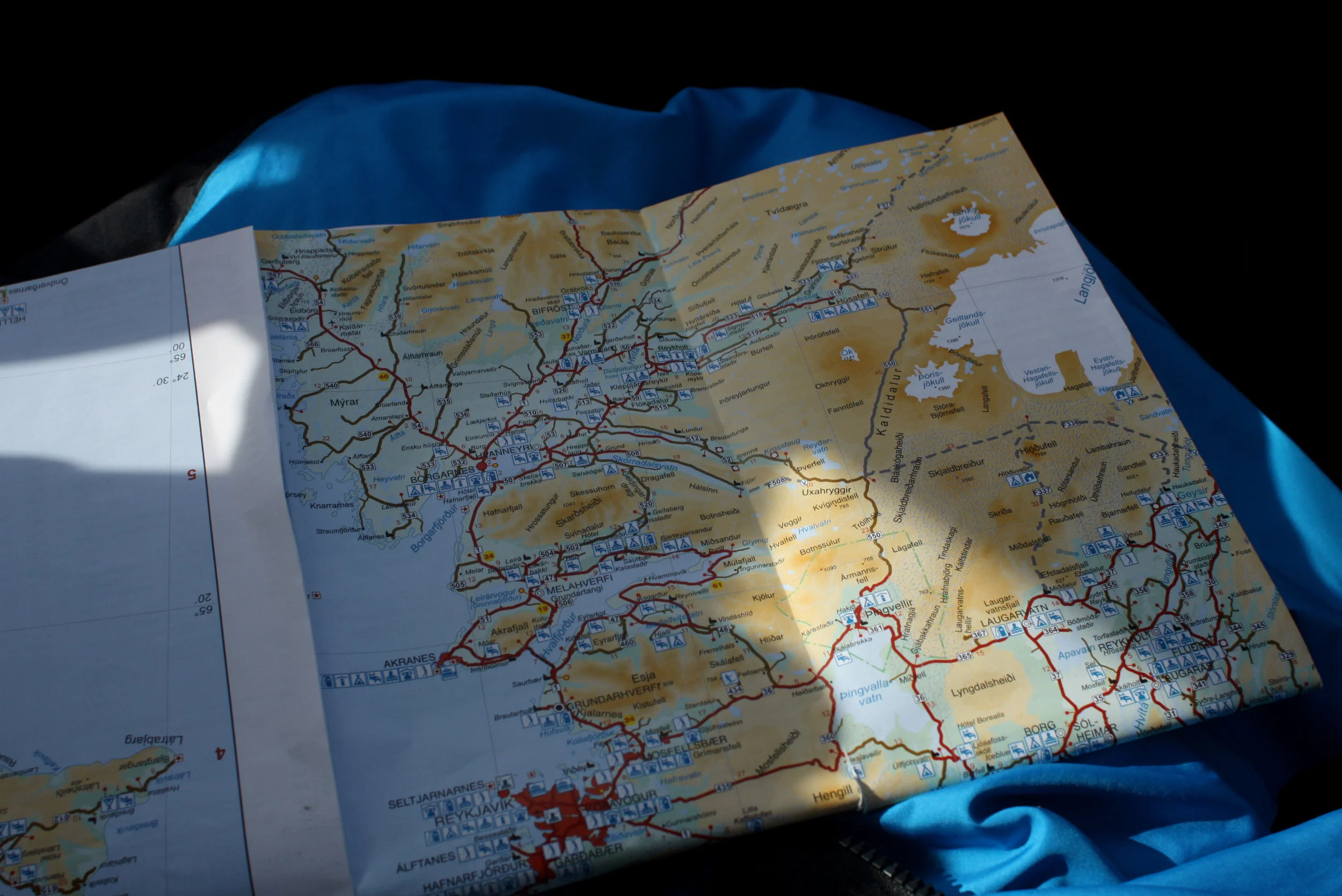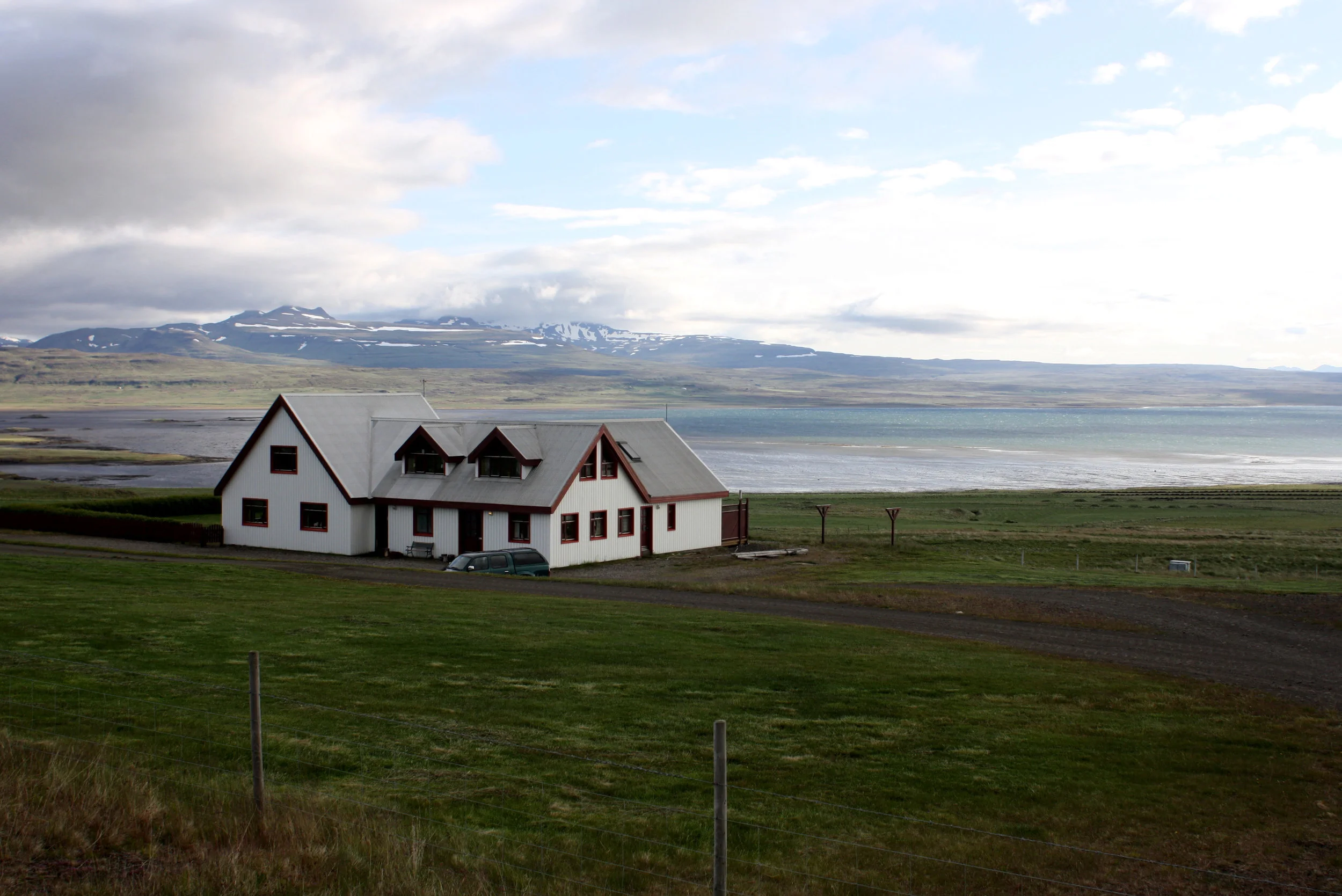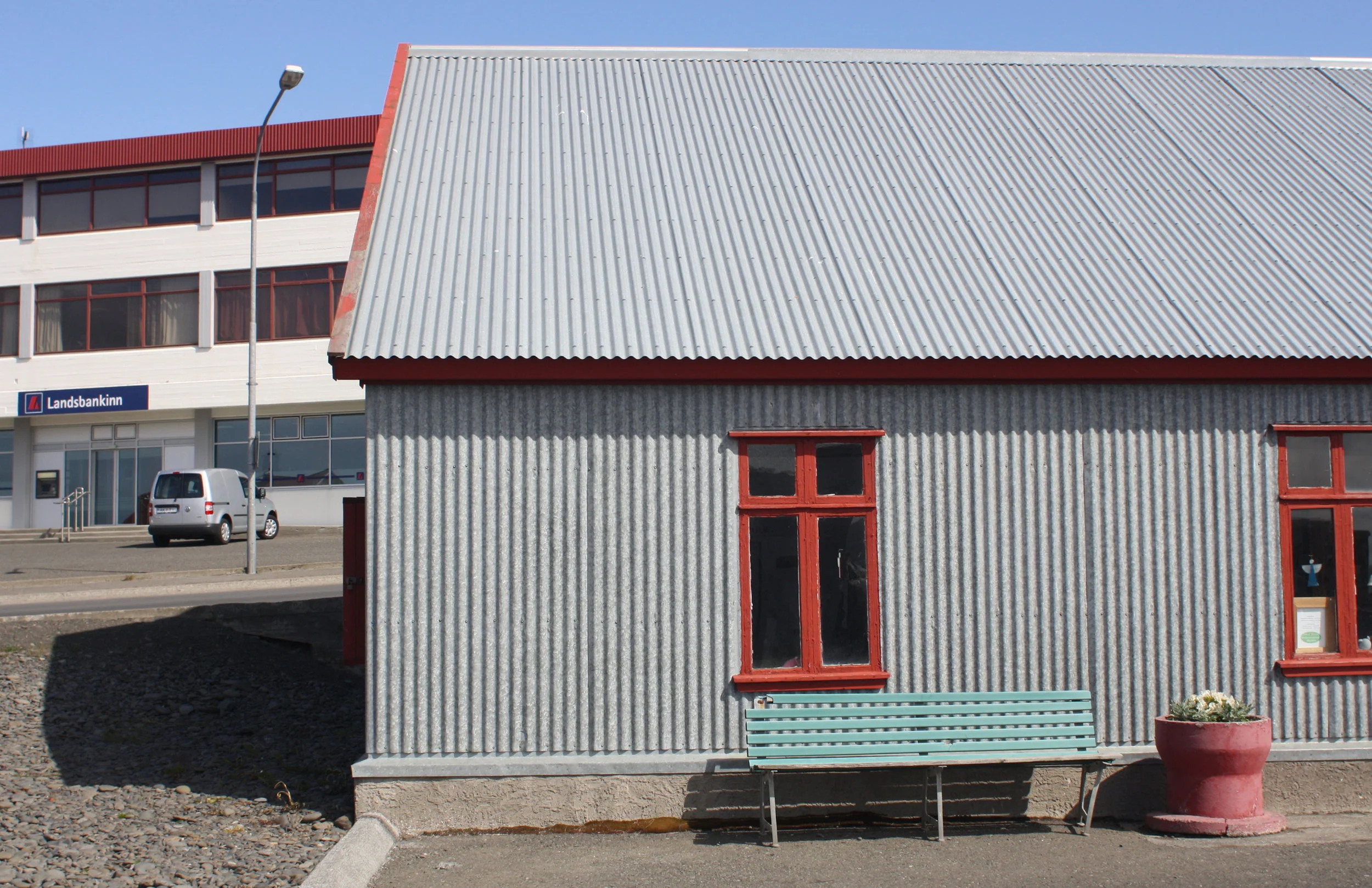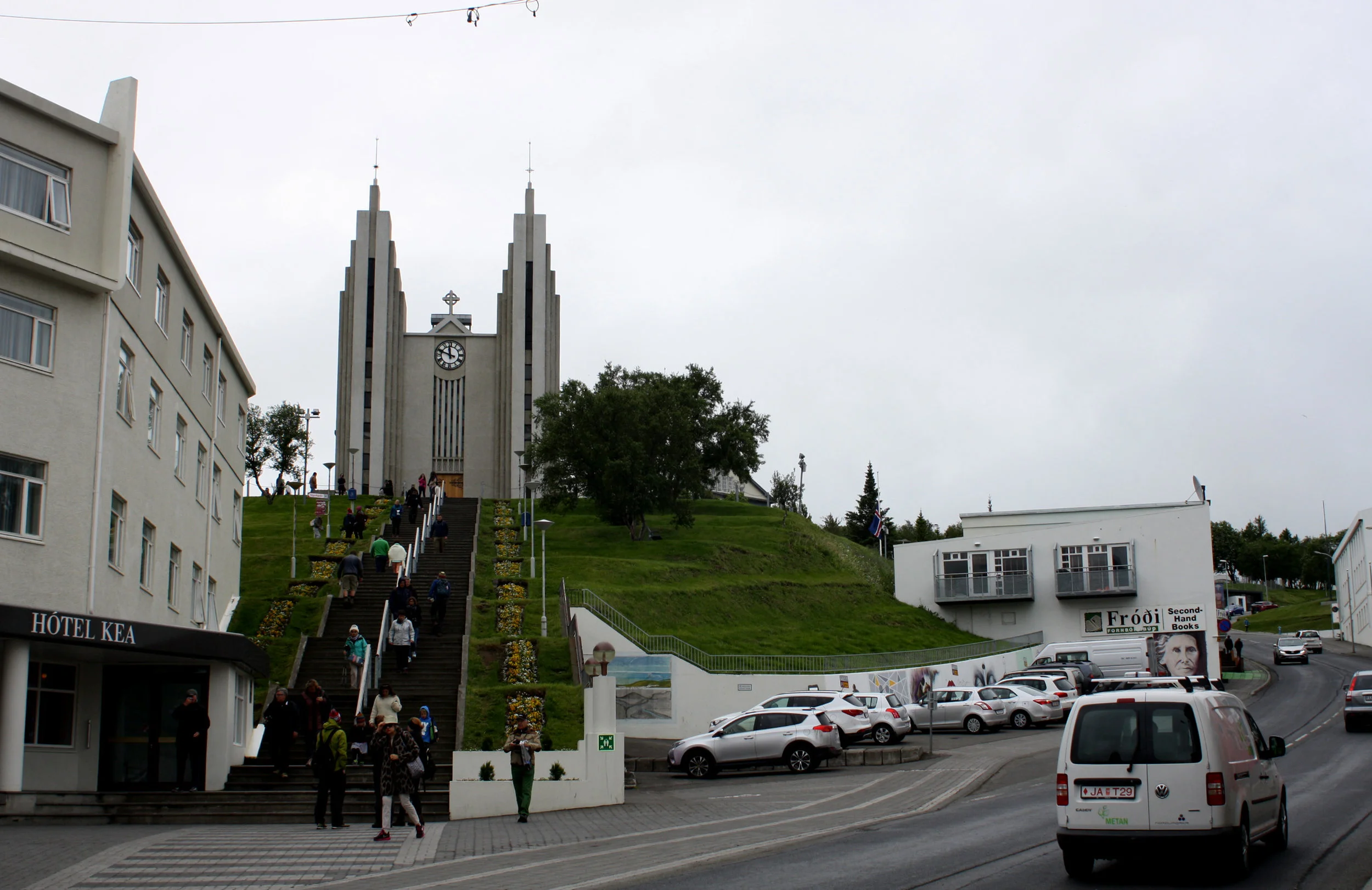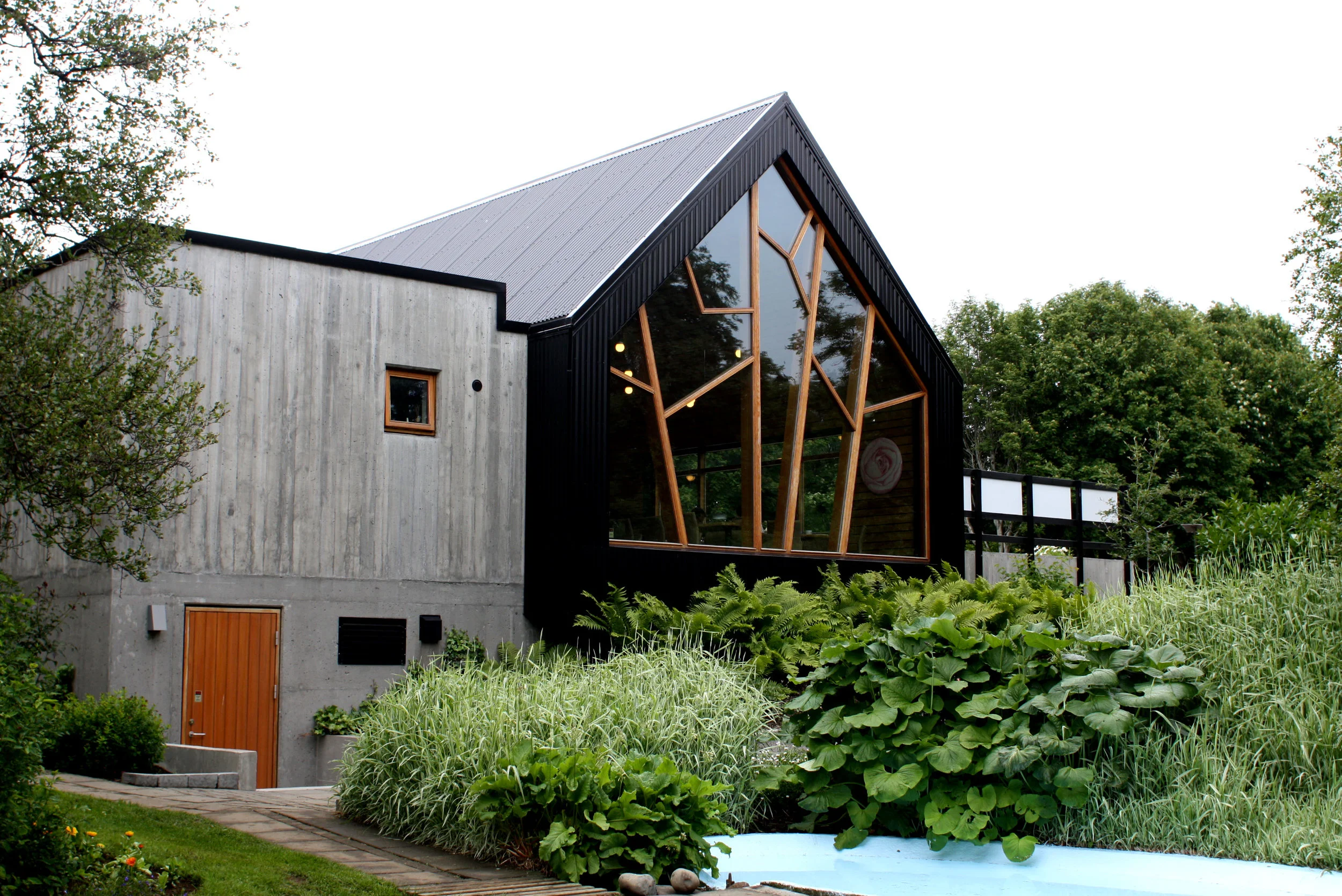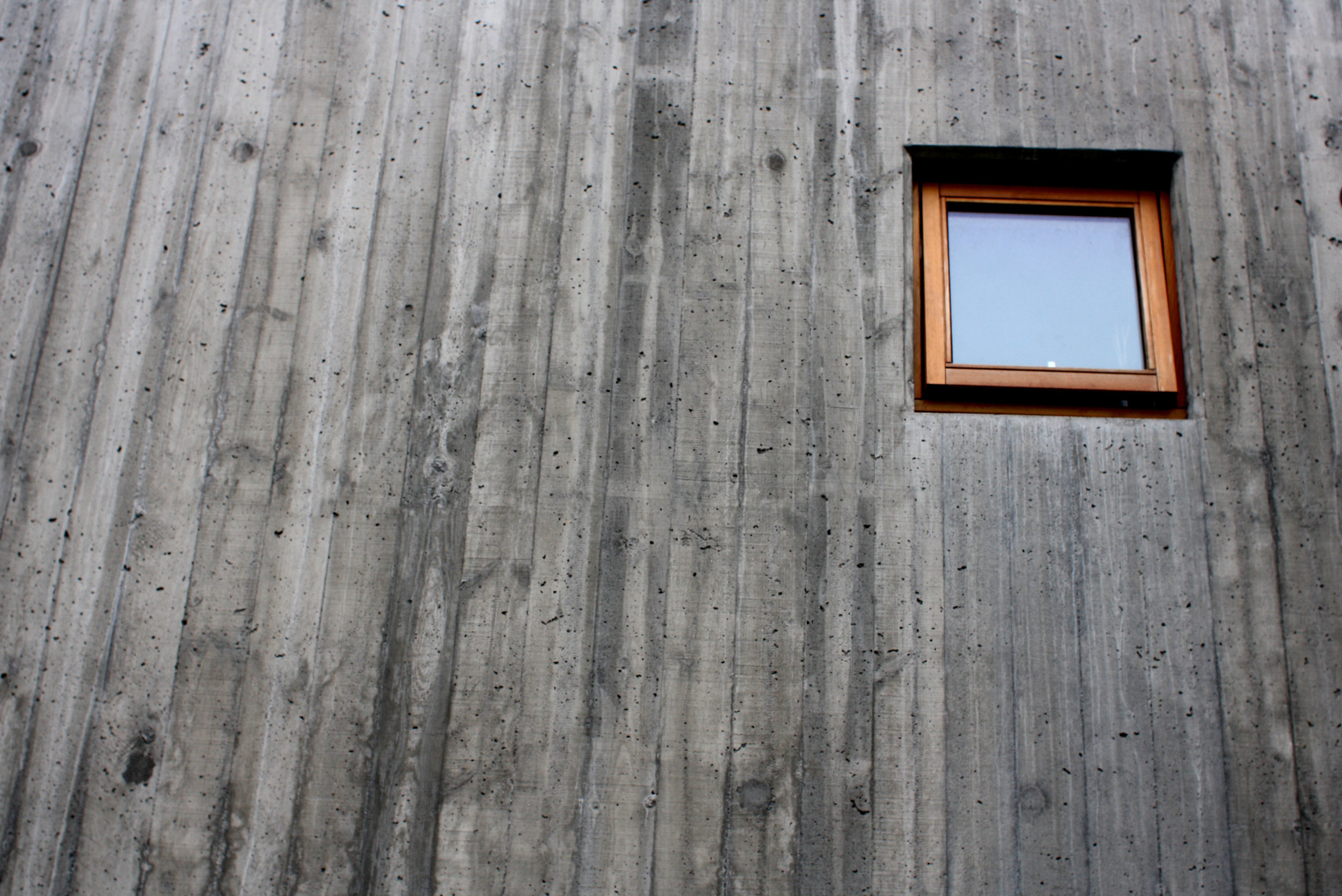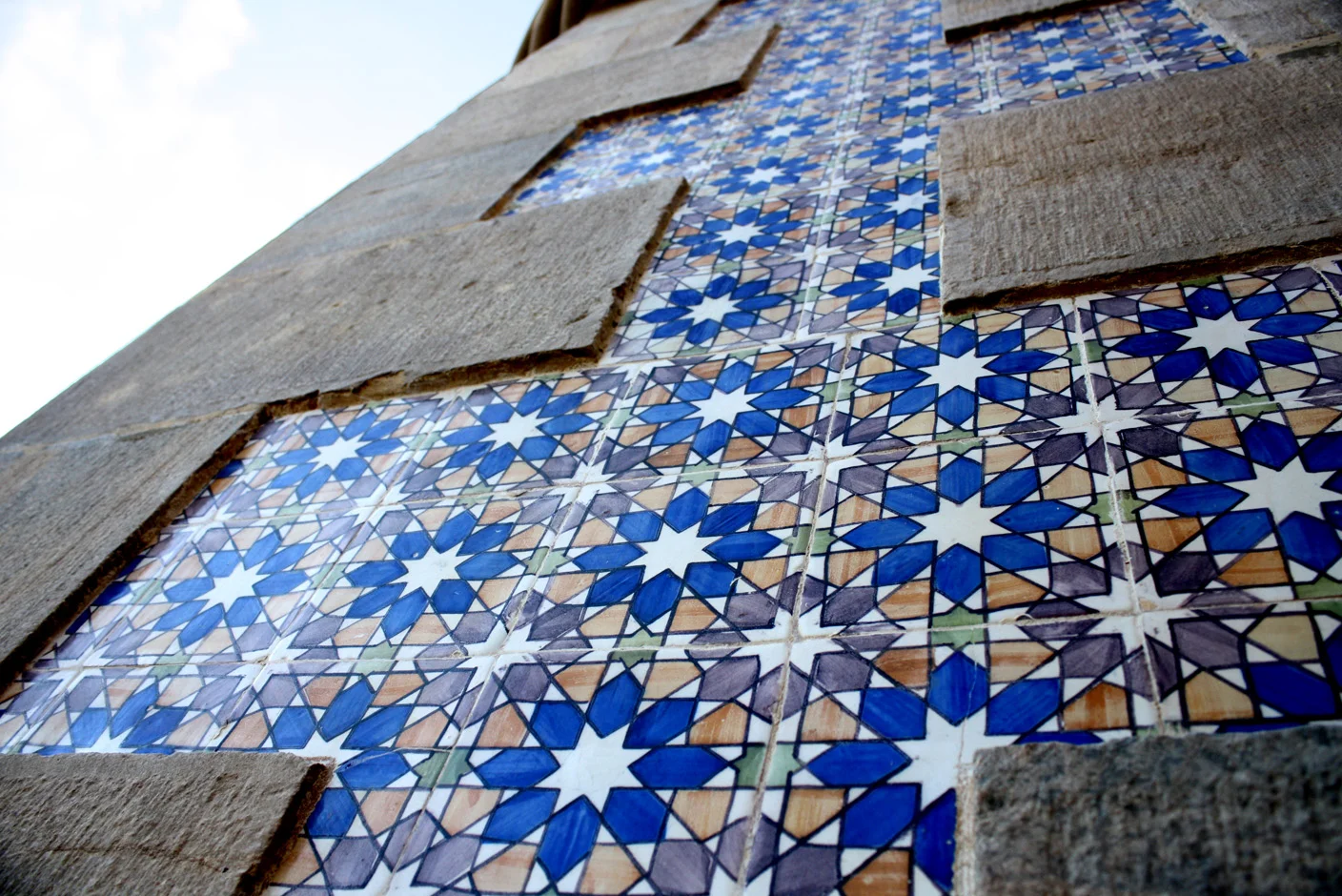Travel : Iceland
/This past summer, Noel and I visited Iceland on a 7 day stopover through Iceland Air. I have to admit that Iceland wasn’t originally on the top of my travel list. However, the more I researched the country, the more excited I became to see its many dramatic natural features and differing landscapes. Iceland is the most sparsely populated country in Europe and is located at the juncture of the North Atlantic and Arctic ocean. The majority of the population live on the Southern part of the island near the capital, Reykjavik. During our weeklong tour of the country, we drove along the whole of Route 1 (the ring road) which connects all of the inhabited parts of the island. It didn’t take long after leaving Reykjavik to feel like you were alone in a strange and beautiful land, with not a store or gas station or other car in sight for miles and miles.
The original settlers of Iceland often covered their homes and churches with grass and turf, a technique known as earth sheltering. This protects the structure from a harsh climate and takes advantage of the inherent heat of the earth, regulating the interior temperature. This building type was largely abandoned in the early 1900’s in favor of a more modern approach. Scandinavian influences can be seen in much of the architecture which is overwhelmingly simple in form and constructed out of natural, functional materials. The most popular exterior cladding was corrugated metal or concrete, both of which were often painted bright colors. It was surprising how such utilitarian materials could be manipulated in so many ways through color and detail and produce such an inviting atmosphere.
